Circuses have long used leopard horses in liberty, dressage, and other acts. Traditionally, circus liberty horses of any origin were billed as Libyan Leopards, Moroccan Leopards, Spotted Arabians, African Barbs and other exotic names. Many had pedigrees and most were probably Danish Knabstruppers, but two world wars in Europe created havoc with many breeds, and circus owners scrambled just to save their animals. A number of these circuses moved to America, some before 1900 but many more afterward.
Some of the leopard circus horses ended up in California movie studios and with wealthy California businessmen, who also had imported spotted polo ponies from Argentina. They were all mixed together with spotted horses shipped in from Utah, and when the Appaloosa registry was created, many of these animals were registered as Appaloosa despite having little or no blood relationship to the spotted Nez Perce horses. Regardless, the mix of bloodlines was quite successful.
Leopard circus horses had an impact elsewhere in America, too. Many of the liberty and “high school” (circus dressage) acts used stallions. The famous blanket Appaloosa stallion Wapiti, born in 1955, was a seventh-generation descendant of an Appaloosa stallion called Arab, bred by Coke Roberds in Trinidad, Colorado. Arab, born around 1888, was sired by a black leopard circus horse while the circus was spending the winter in Trinidad.
There were twelve Appaloosas in a liberty horse act that toured with the Barnes Circus in 1914, and circus riders Ella and Fred Bradna and Fred Derrick used Appaloosas when they toured with Barnum and Bailey and later Ringling Brothers. American circus high school rider Georgia Sweet, who performed with the Cole Bros. Circus among others, was pictured in 1952 riding a leopard horse trained by Jorgen Christiansen.
In the end, the result of mixing all these different horses with the bright leopard coats was a colourful, intelligent, sensible and versatile type of horse. Today, American Leopards excel in jumping, dressage, cross-country, racing, ranch work, rodeo and even in driving trials in harness.


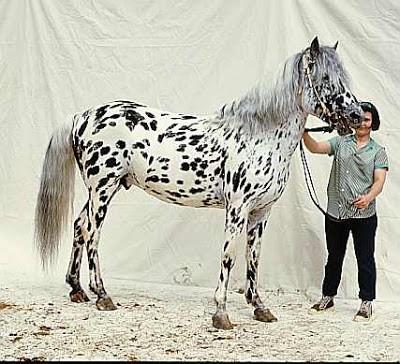
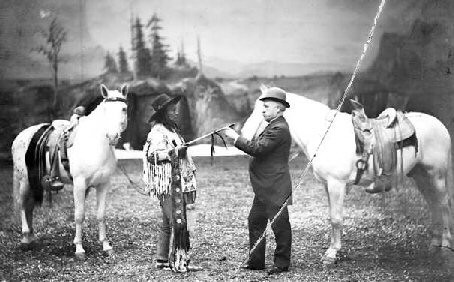
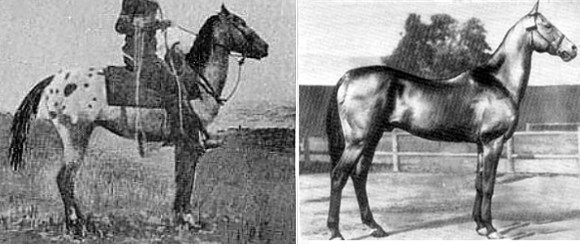
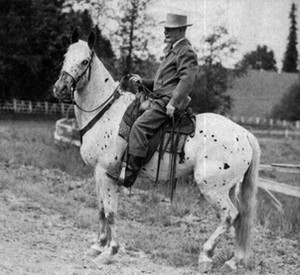
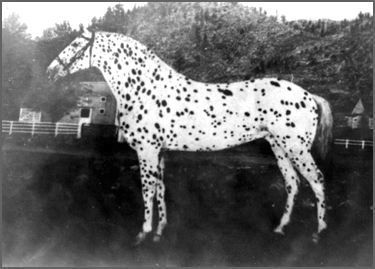
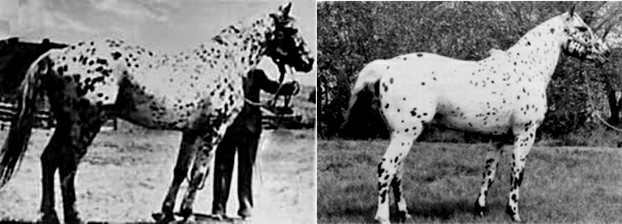
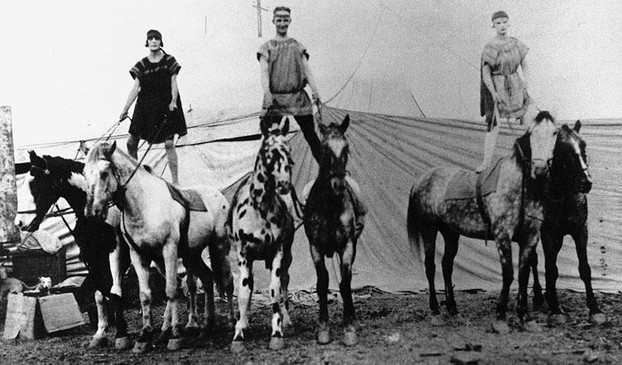
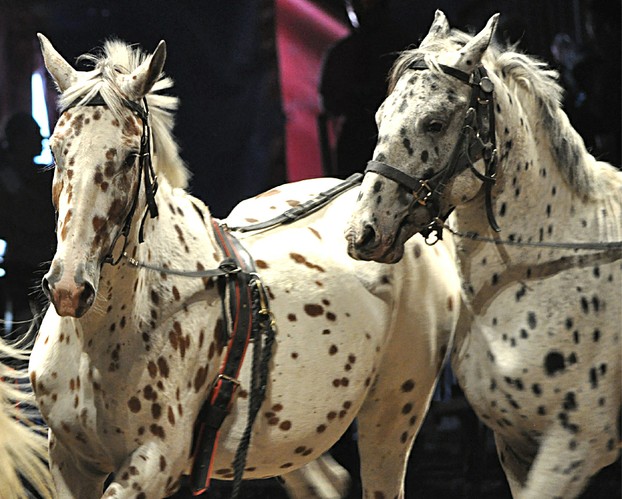
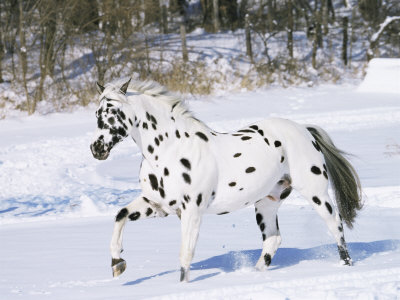




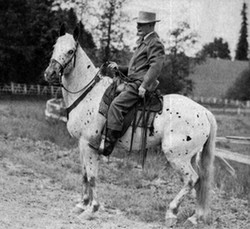

 Versatile Nova Scotia Duck Tolling Retrieverson 08/02/2014
Versatile Nova Scotia Duck Tolling Retrieverson 08/02/2014
 Should You Spay or Neuter Your Puppy?on 08/12/2014
Should You Spay or Neuter Your Puppy?on 08/12/2014
 Horse Racing History: the Preakness Stakeson 05/15/2014
Horse Racing History: the Preakness Stakeson 05/15/2014
 Dinosaurs Will Be On Display in Trenton, Ontario, Canadaon 07/29/2013
Dinosaurs Will Be On Display in Trenton, Ontario, Canadaon 07/29/2013

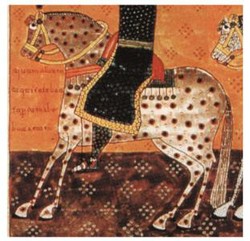
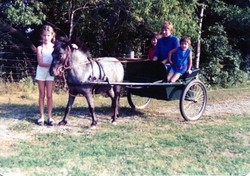
Comments
Immigration pretty much always involves many different expeditions.
The Altai link is very interesting, but I suggest that the ancestors of the Amerindians did not migrate in one expedition, but filtered across over generations.
This is a great read. I hadn't heard of the small region of Altai, home of the Altai horse, until very recently. By some very strange coincidence genetic testing of the skeleton of a Native American infant, who died several thousand years ago, provided geneticists with the clearest evidence yet available of the genetic origin of our Native American ancestors..... the Altai region. It's amazing that our Native American ancestors chose to walk from Altai rather than ride on their Altai horses?
Or am I missing something? I would love to know more about that story
Great to read!! Thanks!!!!!!